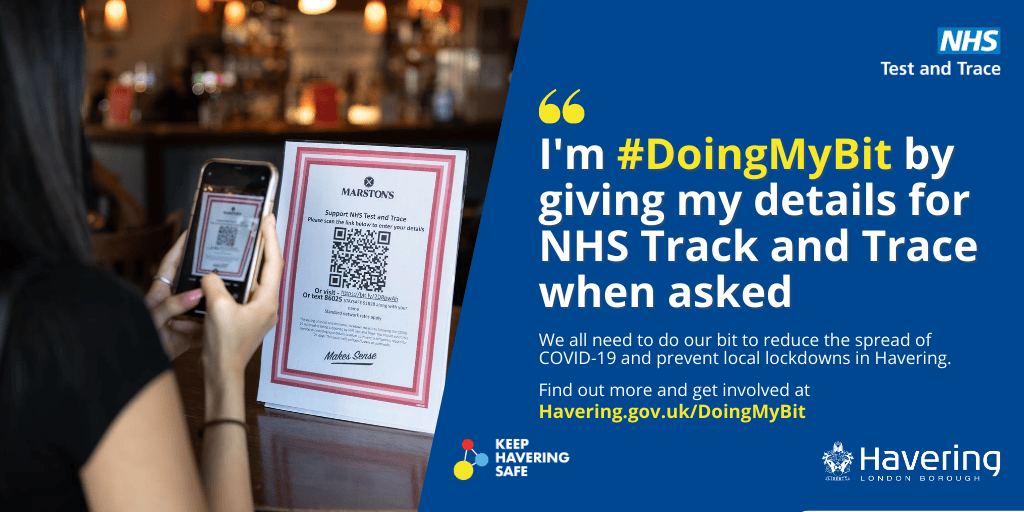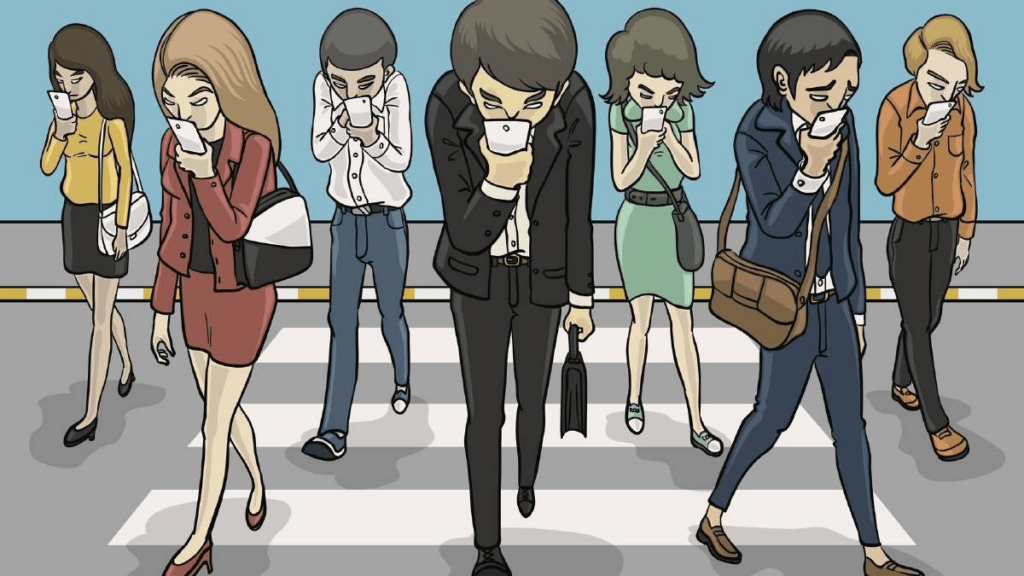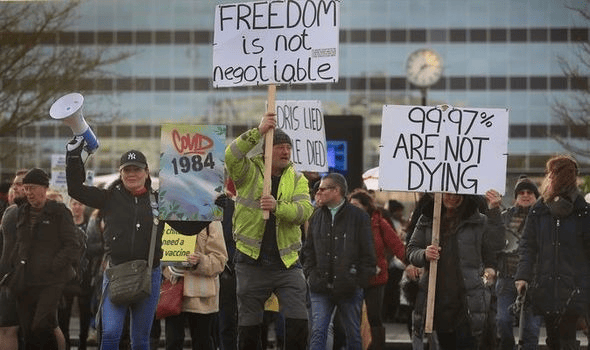Physical Address
304 North Cardinal St.
Dorchester Center, MA 02124
Physical Address
304 North Cardinal St.
Dorchester Center, MA 02124

Tyranny doesn’t always storm in with tanks or declare itself with booming speeches—it slips in quietly, often disguised as safety, progress, or unity. History is riddled with examples of oppressive regimes that began with promises of protection, but few moments in recent history demonstrate this better than the COVID lockdowns. In the name of health and safety, governments worldwide enacted unprecedented restrictions, and most people—believing they were doing the right thing—complied without question.
What does this say about modern society? How does tyranny thrive, even in nations that claim to be free? Let’s unpack how silent chains are forged and explore the patterns that keep them intact.

During the COVID certificate of vaccination ID lockdowns, people were told to stay indoors, close their businesses, and mask up—all in the name of protecting others. On the surface, these measures sounded reasonable. After all, who wouldn’t want to save lives? But dig deeper, and the cracks begin to show.
Fear played a massive role. Governments and media flooded us with worst-case scenarios, leaving little room for nuance or dissent. People who questioned the official narrative were labeled “selfish,” “dangerous,” or worse. This “us vs. them” mentality effectively silenced critical thinking.
Psychologically, humans are wired to seek safety in numbers. Compliance isn’t always about believing what you’re told—it’s about avoiding conflict, isolation, or punishment. The result? Entire populations following orders, even when those orders started to contradict common sense.

Tyranny thrives when small freedoms are taken gradually. At first, the rules seem temporary—a two-week lockdown, for instance. But as restrictions drag on, they start to feel normal. People forget what life was like before.
Remember the travel bans, curfews, and mandates? These measures were initially introduced as temporary solutions but lasted much longer than anticipated. Worse, they set a precedent. Now, the idea of governments shutting down entire cities or mandating medical interventions isn’t unthinkable—it’s something we’ve lived through.
The problem isn’t just that governments imposed these measures; it’s that most people accepted them without question. This compliance signals to those in power that similar actions could be taken again, with even less resistance.

One of the most concerning aspects of modern tyranny is its reliance on technology. During COVID, apps were created to track people’s movements, vaccine status, and even social interactions. While these were marketed as tools to “keep us safe,” they also represented an enormous leap toward surveillance.
Social media played a dual role in this. On one hand, it became a platform for spreading alternative perspectives; on the other, it was used to suppress dissenting voices through bans, shadowbans, and “fact-checking.” The result? A curated reality where only the dominant narrative survived.
When technology is used to monitor and control behavior, it becomes a silent enforcer of tyranny. Unlike a dictator’s soldier, your smartphone doesn’t shout orders—it simply limits your access, tracks your movements, or nudges you into compliance.

The scariest thing about modern tyranny is how invisible it is. People imagine oppression as something loud and obvious—stormtroopers in the streets or tanks rolling through cities. But in reality, tyranny today is quiet and subtle.
Most people don’t recognize it because it’s wrapped in comforting language. Words like “safety,” “equity,” and “progress” are used to justify actions that would have been unthinkable a decade ago. The more people accept these narratives without question, the tighter the chains become.
History teaches us that silence is the tyrant’s greatest ally. Whether it’s the rise of authoritarian regimes in the 20th century or the quiet erosion of freedoms during a pandemic, the pattern is clear: tyranny thrives when people don’t speak up.
During COVID, dissenting voices were often mocked, silenced, or ostracized. But looking back, many of the concerns raised—about the economy, mental health, and personal freedoms—were valid. This isn’t about hindsight; it’s about recognizing how easily societies can be manipulated when fear takes over.

Tyranny only thrives when we let it. To break the silent chains, we need to reclaim our voices, question authority, and refuse to comply with measures that strip away our freedoms.
If you’re ready to take a stand and fight back, check out our blog post: 10 Effective Ways to Resist Tyranny and Defend Your Rights. It’s packed with actionable steps to empower yourself and your community.
Despite the challenges, history also shows us that humanity is resilient. Every oppressive regime eventually faces resistance. The key is to awaken that resistance before it’s too late.
If this resonates with you, start by questioning everything—even the narratives you’ve been told to trust. Tyranny thrives on complacency, but freedom grows through courage and curiosity.
These are just our opinions, shaped by the love of freedom and the frustration of watching people line up for their own oppression. If this blog makes you uncomfortable, good—it’s meant to. But remember: only humanity can save humanity. If you’re waiting for a hero, look in the mirror (unless you’re wearing sunglasses from They Live, in which case, you’re already halfway there). ✊